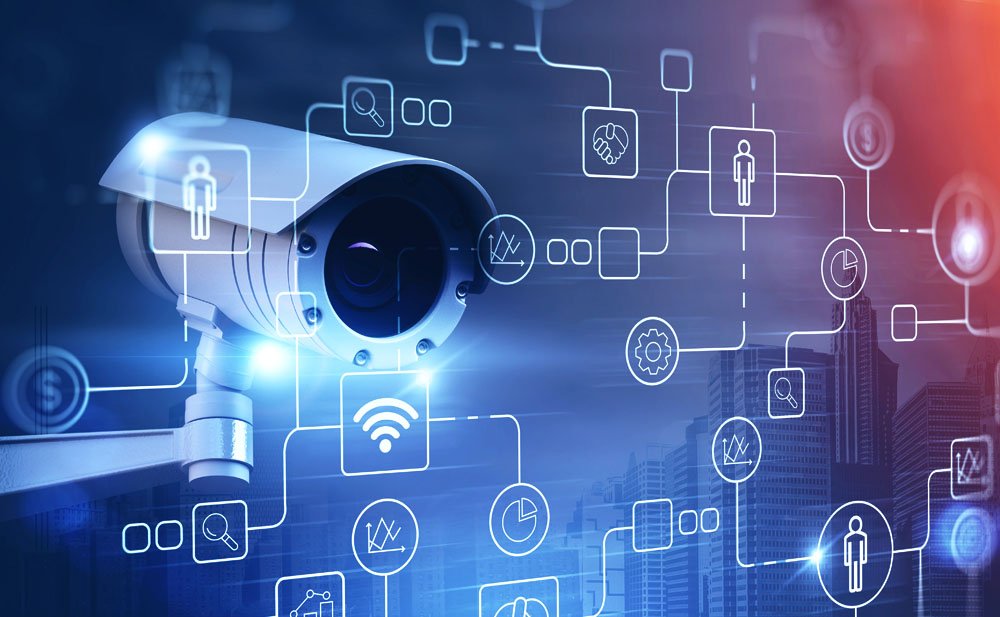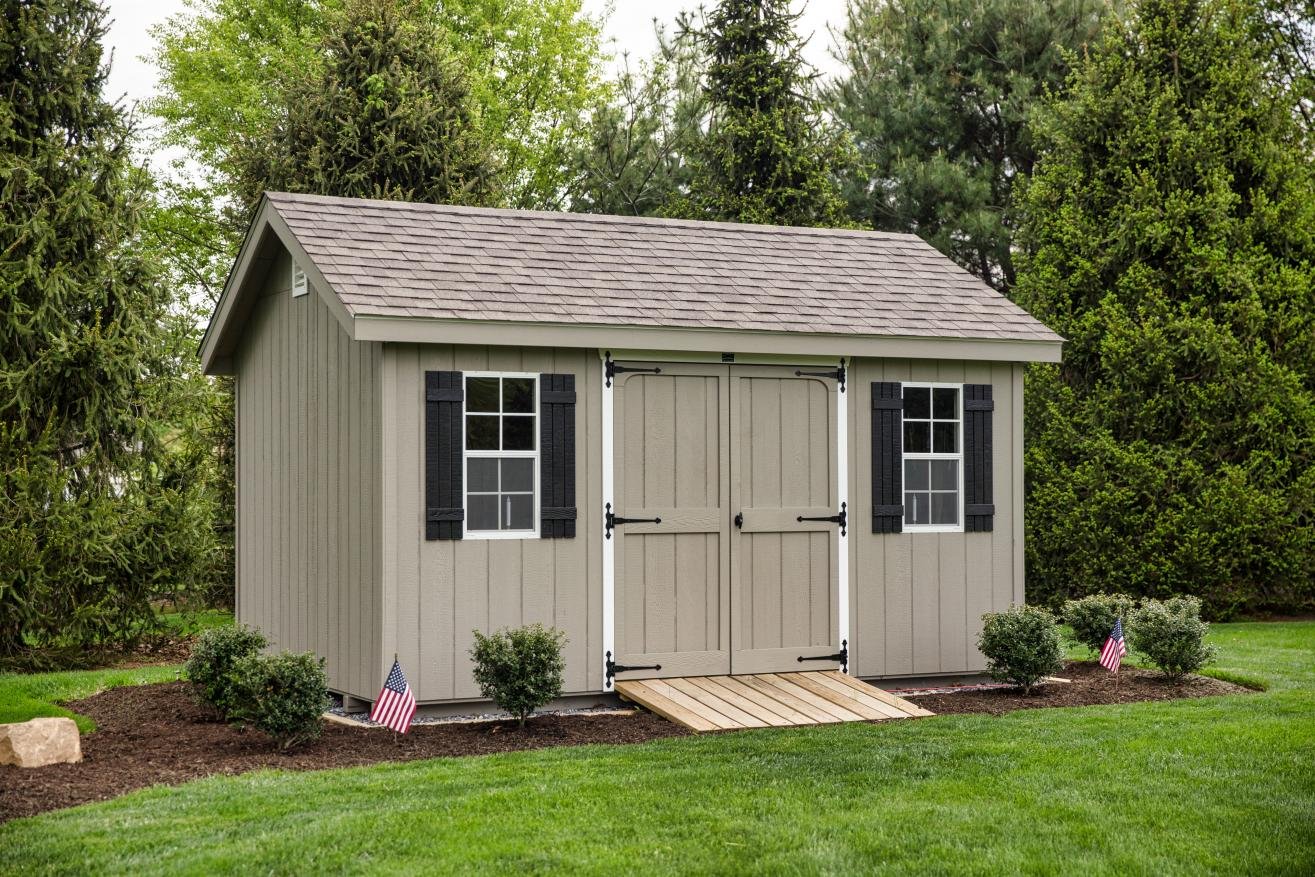Regular maintenance is crucial for keeping security cameras functioning efficiently. Over time, dust, weather conditions, and software issues can impact the quality and reliability of surveillance footage. Routine maintenance prevents potential failures, enhances image clarity, and ensures recorded data remains accessible. Scheduling timely inspections and servicing helps to extend the lifespan of the system while maintaining security levels. A professional security camera system installation service can offer expert guidance on upkeep to keep surveillance running smoothly.
Routine Inspection Schedules
A structured maintenance schedule is essential to detect any potential issues before they escalate. Routine checks help verify that all cameras are operational, properly aligned, and free from obstructions. Monthly visual inspections allow homeowners to identify loose connections, physical damage, or environmental factors that may affect performance. Harsh weather, especially in outdoor installations, can cause wear and tear on cables and camera housings. Checking mounting brackets and camera angles periodically helps maintain a consistent field of view.
Quarterly inspections focus on deeper diagnostics, such as assessing infrared night vision functionality, adjusting motion detection settings, and ensuring network connectivity for remote access. For businesses or properties requiring continuous monitoring, semi-annual or annual professional assessments can provide detailed performance evaluations and necessary adjustments.
Cleaning Lens and Housing
The clarity of security footage largely depends on the cleanliness of the camera lens and housing. Over time, dust, dirt, pollen, and water spots accumulate, causing blurred or distorted images. Cleaning the lens every few months improves image quality and prevents obstructions that might impact facial recognition or license plate identification.
Outdoor cameras are particularly vulnerable to environmental debris, making regular maintenance even more important. Using a microfiber cloth and a non-abrasive lens cleaner helps remove smudges without damaging protective coatings. For cameras housed in enclosures, checking for signs of condensation or internal dust buildup ensures that no internal fogging interferes with video capture. In areas with high pollution or heavy rain, cleaning may need to be performed more frequently to sustain optimal clarity.
Firmware and Software Updates
Security camera manufacturers frequently release firmware updates to improve system performance, fix bugs, and enhance security features. Neglecting these updates leaves the system vulnerable to cyber threats, as outdated software may have exploitable security flaws. Installing updates as soon as they become available ensures that the system runs smoothly with the latest improvements.
Software maintenance extends to the applications and monitoring platforms used to manage security footage. Regular updates for mobile apps, desktop software, and cloud-based platforms help maintain compatibility with evolving technology. Additionally, adjusting user permissions and reviewing access logs periodically safeguards against unauthorized access to the system. Enabling automatic updates where possible ensures seamless integration of new security patches.
Testing Recording Functions
A security camera system is only effective if it captures and stores footage correctly. Periodically testing recording functionality ensures that footage is being recorded at the expected quality and duration. Reviewing playback on a regular basis confirms that timestamps are accurate and that no gaps exist in the recording schedule.
Checking storage capacity helps prevent the risk of losing critical footage due to full memory. For cloud-based storage, verifying that files are uploaded properly and accessible from remote locations ensures continued reliability. If using an on-site digital video recorder (DVR) or network video recorder (NVR), maintaining hard drives by checking for errors or corruption reduces the likelihood of data loss. Security events should be periodically reviewed to confirm that motion detection triggers are correctly set and notifications are being received as intended.
Battery and Power Checks
For security cameras that rely on batteries, consistent power monitoring is necessary to avoid unexpected downtime. Rechargeable battery-operated cameras require routine charging cycles, while models using disposable batteries should have replacements readily available. Weather conditions can affect battery life, particularly in extreme heat or cold, so seasonal adjustments may be necessary.
Wired cameras also require power assessments to ensure that connections remain secure and functional. Checking power supply units, circuit breakers, and backup power sources prevents disruptions during power outages. Uninterruptible power supply (UPS) systems provide temporary backup power, maintaining security coverage during electrical failures. Ensuring that all cameras remain powered reduces the risk of surveillance blind spots.
Professional Maintenance Services
While regular at-home maintenance keeps security cameras operational, professional servicing provides more in-depth assessments. Certified technicians conduct comprehensive inspections, diagnose technical issues, and perform repairs beyond basic upkeep. They can recalibrate camera angles, replace damaged components, and verify compliance with security regulations.
For large-scale surveillance setups, professional services include network optimizations, firmware upgrades, and system expansions tailored to specific security needs. Scheduling an annual professional inspection ensures that security measures remain up to date with industry standards. A security camera system installation service can offer expert advice on upgrades and enhancements to optimize surveillance performance.
Conclusion
Maintaining a security camera system is essential to preserving its effectiveness and longevity. Regular inspections help identify potential issues before they cause disruptions, while keeping lenses clean ensures clear footage. Updating firmware and testing recording functions prevent technical failures that could compromise security. Power management and battery checks keep cameras running without interruption, reducing downtime risks. For long-term reliability, professional maintenance services offer advanced system assessments and upgrades. Partnering with a security camera system installation service guarantees that all aspects of maintenance are covered, allowing homeowners and businesses to maintain continuous surveillance with confidence.



